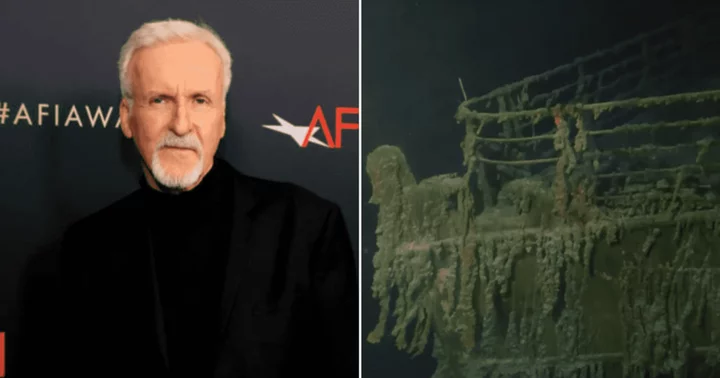LOS ANGELES, CALIFORNIA: The world is still in shock ever since news broke that five people had died in the OceanGate submersible, Titan, while exploring the wreckage of the Titanic. The submersible is reportedly believed to have imploded. James Cameron, the director of the magnum opus ‘Titanic’, had made his way to the wreckage in the past, to bring to life a movie that continues to stand the test of time.
However, Cameron faced a near-death experience in 1995 on a submersible when he was exploring the wreckage of the famed ship for his blockbuster film. ‘The Avatar’ director has been an outspoken voice after the OceanGate tragedy.
How did James Cameron nearly die?
According to Radio Canada, Cameron shared his experience in a 2009 biography, 'The Futurist', by Rebecca Keegan. Cameron, who had previously made dozens of trips to the Titanic shipwreck, said that he almost lost his life during an underwater sandstorm.
In 1995, Cameron was on his third submersible dive with Russian pilot, Dr Anatoly Sagalevich, and a Russian engineer filing for 'Titanic', when a sandstorm created by currents tailing from the Titanic's shipwreck grounded their vessel on the ocean floor.
"Anatoly said, 'Oh, no,' something you never want to hear a pilot say, and we locked eyes for a second," Cameron said in the book. As their battery continued to drain and temperatures plummeted, the director said his crew attempted to travel back upwards twice, braving the sandstorm, before being pushed back down by the deep sea currents. On their third try after 30 minutes, they had been pushed far enough away from the sandstorm to make their way back up.
James Cameron is an adventurer
The 68-year-old filmmaker is a true adventurer at heart. In 2012, Cameron’s vertical torpedo sub broke the surface of the western Pacific, carrying him back from the Mariana Trench's Challenger Deep, Earth’s deepest, and perhaps most alien, realm. With that Cameron became the first human to reach the 6.8-mile-deep (11-kilometer-deep) undersea valley solo. His goal was to arrive at the bottom and collect scientific data and specimens.









